Computer Vision is a branch of computer science and artificial intelligence that deals with the analysis and interpretation of images and videos by computers. The main goal of computer vision is to enable systems and algorithms to automatically and accurately extract useful information from images and to simulate human-like visual behaviors.
Main Components of Computer Vision
– Image Processing:
This stage involves enhancing image quality and preparing them for further analysis. It includes techniques like noise reduction, contrast enhancement, and converting images into different formats.
– Object Detection and Recognition:
This part focuses on identifying and recognizing specific objects in images. Algorithms can detect objects and categorize them into different classes. Common techniques include Convolutional Neural Networks (CNNs) and deep learning algorithms.
– Motion Analysis:
This stage examines and analyzes the movement of objects in videos. This can include identifying movements, predicting motion paths, and analyzing behavior.
– 3D Reconstruction:
This part involves creating three-dimensional models of objects and environments from two-dimensional data. Using computer vision techniques, depth information and object positioning can be extracted.
– Feature Analysis:
In this stage, specific features of images are extracted. These features may include edges, textures, and key points used for identifying and analyzing images.
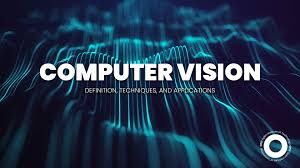
Main Branches
1 . Image Analysis
This subfield focuses on processing and extracting information from images. It includes techniques for identifying and analyzing image features, such as edges, textures, and shapes.
2 . Object Detection
This area involves identifying and recognizing specific objects in images and videos. Algorithms can detect objects and categorize them into different classes.
3 . Face Recognition
This subfield focuses on identifying and verifying individuals through analyzing their facial features. This technology is used in security, authentication, and social applications.
4 . Motion Analysis
This section examines and analyzes the movement of objects in videos. It includes identifying movements, predicting motion paths, and analyzing behavior.
5 . 3D Reconstruction
This area involves creating three-dimensional models of objects and environments from two-dimensional data. This process can assist in simulating environments and objects.
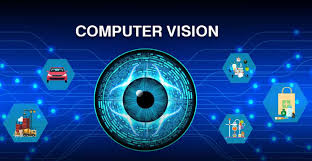
6 . Detection and Tracking
This subfield includes identifying and tracking moving objects in videos. Algorithms can monitor the position and movement of objects over time.
7 . Robotic Vision
This area applies computer vision techniques in robots. Robots can use computer vision to recognize their environment and interact with it.
8 . Video Processing
This subfield focuses on analyzing and processing video data. This includes frame analysis, event detection, and extracting information from videos.
9 . Medical Imaging**
This area involves using computer vision techniques in analyzing medical images, such as X-rays and CT scans, for diagnosing and analyzing diseases.
10 . Real-Time Image Processing
This subfield involves processing and analyzing images and videos in real-time, often used in surveillance and security applications.
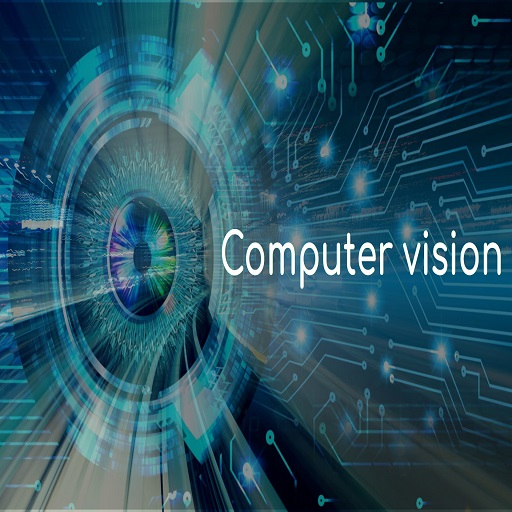
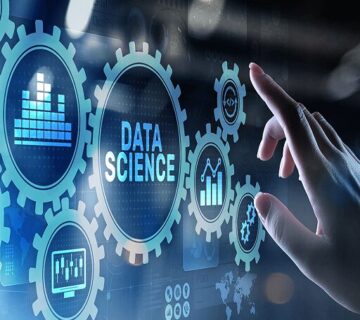
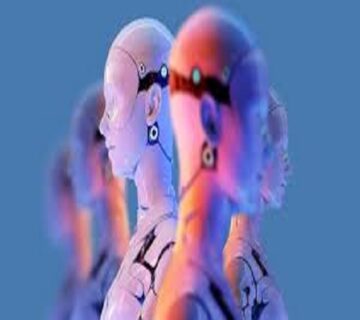

No comment